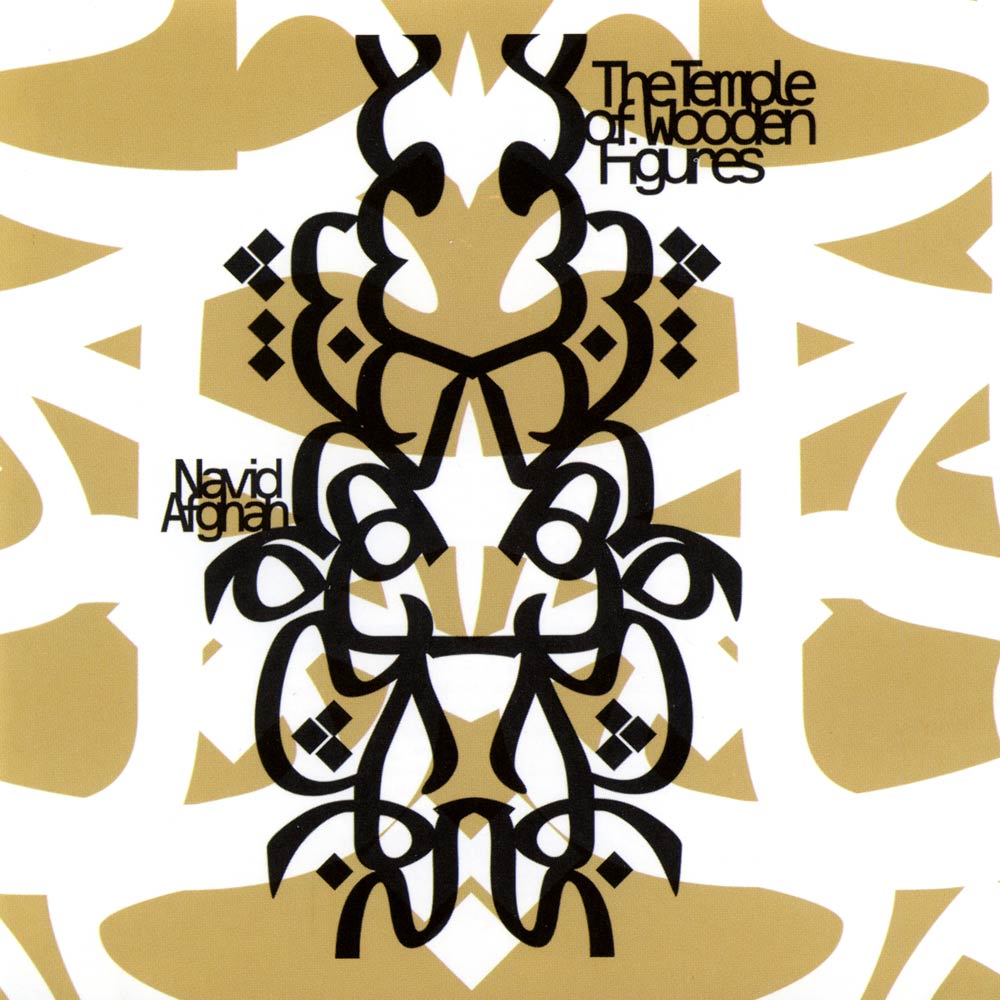A video-art piece from “The Journey” series
“In The Looking Glass” is a video-art about the unity of the object with its own image in the mirror; Humanity’s long-standing and perhaps impossible desire to become one with its external image; An image that is not distorted by language.
In The Looking Glass
A video-art by Ali Ettehad
with:
Berkeh Bazri
Mehrangiz (Giz) Tahaei
Music: Navid Afghah
“Myths” from the album “The Temple of wooden figures”
camera: Ali Ettehad and Shayan Kiani
edit: Ali Ettehad
VFX: Anahita Art Studio
Duration: 07′:27″
Iran – 2022
The trailer:

What is “I”, “You”, “He” or “She”? Do you think of yourself as a whole unified person? Jacques Lacan believed that what we think of as our own identity is actually imaginary; A construct behind which the real subject resides. Lacan called the development of this identity “The Mirror Stage”.
The mirror stage is based on the belief that infants recognize themselves in a mirror (literal) or other symbolic contraption which induces apperception (the turning of oneself into an object that can be viewed by the child from outside themselves) from the age of about six months.
In this way, the child slowly recognizes herself as a unified person. In the belief of ancient thinkers, “self” is formed in the mirror of “other”.


The seeker of spiritual ways is always searching for these questions: “Where is the self without the other?” “Is there a self that exists without the intervention of another?”
In Iranian mysticism, it is believed that “self” is made up of perceptions and the seeker must try to find her true “I”. In this equation, the seeker’s mirror is considered as a metaphor for the “Del” (heart). Iranian mystics use the “Del” not as a blood-pumping muscle, but in the sense of “intuitive powers”. From this point of view, the heart is a transmitter and receiver tool that allows us to communicate with the realm beyond “self” and “other”.
Iranian mystics believed that “language” is the first factor that separates us from this realm; The realm where scattered identities are placed in complete unity. Thus, the first stage of the seeker’s journey is to cross the borders of language.
How can you think without language? Isn’t it the words that formed the concepts? Can we assume that concepts can exist without language?
Rumi says about this in the first book of Masnavi:
What are words that thou shouldst think of them? What are words? Thorns in the hedge of the vineyard.
I will throw word and sound and speech into confusion, that without these three I may converse with thee.
The thinkers of Iranian mysticism tell us that our perception is not capable of perceiving more dimensions due to the limitation of three dimensions of space and one dimension of time. However, they believe that it is possible to perceive more dimensions through the tools of intuitive perception (Del).
They believe that by reaching more dimensions, we can discover a new “self”; Or an older “self”.
In this way, the hero’s or seeker’s journey can be seen as an attempt to find a way to new dimensions.
About the music:

The Temple of Wooden Figures is a project for Tonbak and voice, based on the Eastern concept of the recurrent moments of the cosmos. This music could be understood as the result of the musician’s long concentration and consideration of the potentials of Tonbak as is also evident from his previous efforts, “The Sound of Fancy” and “Genesis” but with a new effect due to its recent implementation of voice.
Also the music is accompanied with a narrative by Shahriar Mandanipour that contrary to the music deriving from the text, here it is text that flows from the music.




